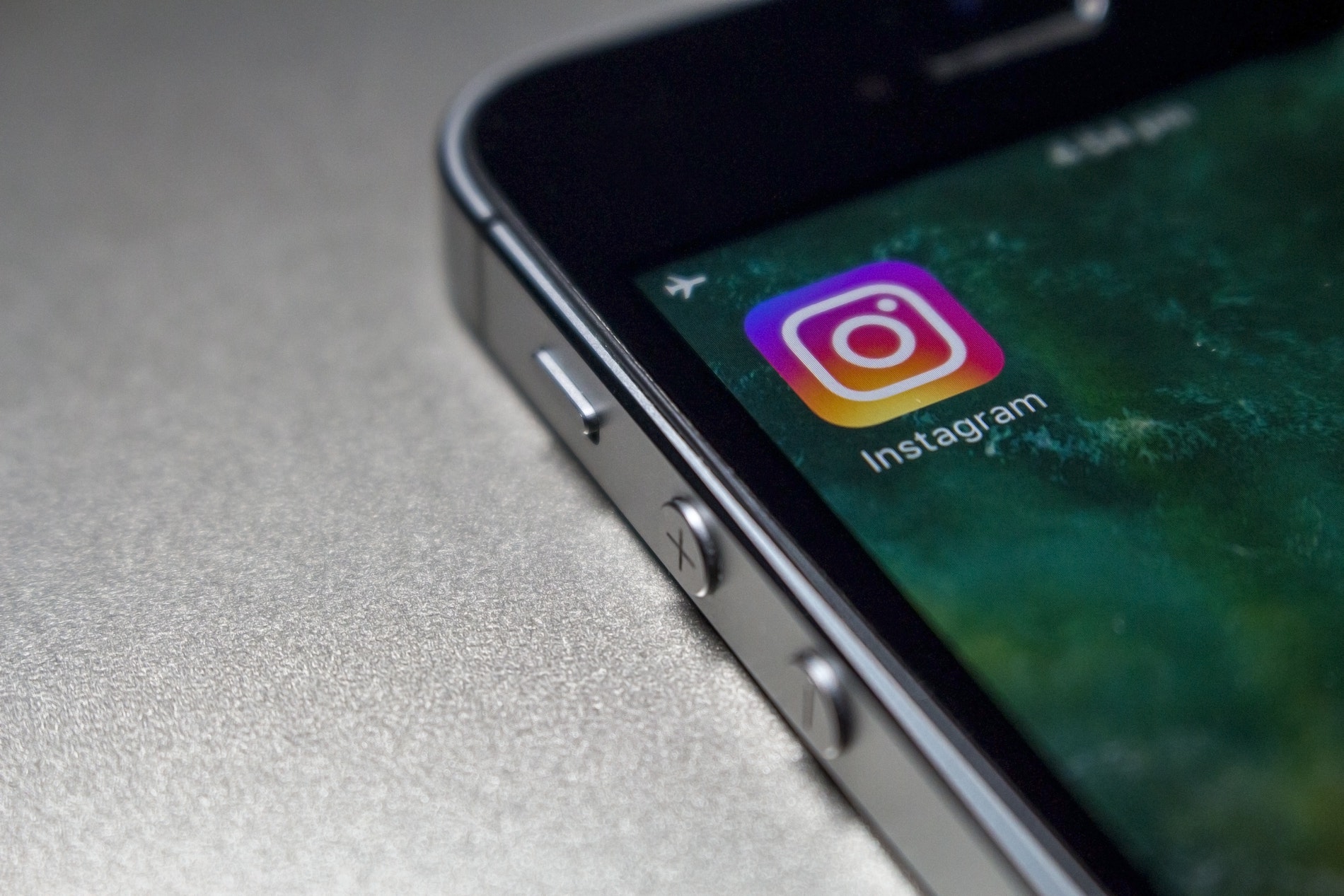Instagram has rapidly become one of the most effective social media platforms for retailers to connect with customers. From startups leveraging precise targeting in Meta’s business suite to larger companies tapping into the millions of followers offered by the platform’s most successful influencers, there are plenty of ways to build and reach an audience on Instagram.
It starts with volume. With more than 2 billion monthly active users, Instagram is the second largest social platform in the world, and it skews younger, with nearly 70% of the platform’s users under the age of 35. Of the more than 1.3 billion young buyers on Instagram, 83% of them claim they use Instagram in some way to discover new products and services, and 81% use it to research their buying decisions. A significant number of people on Instagram use it as a combination shopping engine, recommendation space, and research tool on par with Google. For retailers, it’s a no-brainer to be on the site.
The surge in “social commerce” that has resulted from the ubiquity of Instagram has created a new channel stack for retail marketers, which should be treated wholly separate and unique from others like organic search, YouTube, and email. With 36% of Gen Z and Millennial buyers on Instagram saying they would buy strictly from social recommendations, there is immense power in having a broad, engaged presence on Instagram, building on a combination of direct selling, creative advertising, and organic content. In this guide, we’ll explore all three.
An Extension of Your Brick-and-Mortar Store
One of the things that sets Instagram apart from other social media platforms is that it’s so efficient in its communication. While both are effective for a broad spectrum of retail marketing efforts, the clutter of Facebook and fleeting nature of Twitter make it more difficult to shift consumer attention to consumer action.
Instagram solves for this with a streamlined interface, integrated shopping experience, and mobile-first presentation that’s ideal to supplement brick-and-mortar store efforts.
Live shopping events, run by your marketing team or in conjunction with influencers can promote products as a sales person might in store, within the context of a live Instagram feed.
As an example, Lancome Paris worked with influencers Jamie Yeo and Cheryl Wee to show off their products in a live stream:
Clarks Shoes similarly ran a series of livestreaming shopping events with influencer @niathelight on Instagram to showcase several new lines of shoes:
In both cases, Instagram served as a supplemental tool to brick-and-mortar operations, allowing consumers to see products in hand, interact with those streamers and ask questions, and decide if they want to purchase from the supplied links.
Building Trust on Instagram
What makes Instagram such a successful resource for retail and DTC marketers? It combines things, including direct interaction with customers to grow awareness, user engagement to build trust, and coordination with influencers to broaden access.
The organic reach and expansion offered by Instagram are near the top, rivaling the virality of TikTok as a way to create and spread content rapidly throughout a massive community of potential customers. Content can be created in several ways on Instagram, including:
- The traditional path of generating unique content and posting it to your business profile directly.
- Soliciting and reposting user-generated content through the use of hashtag contests and challenges.
- Partnering with influencers to promote your products on their profiles, tapping into the established trust and audience they’ve cultivated over the years.
Brand trust is the cornerstone of social commerce. The majority of purchasers want to buy from a company with which their values align—more than 60%, according to Accenture—and Instagram is one of the most effective ways to convey those values and show what your brand has to offer.
User-generated content is effective precisely because of this, allowing you to solicit and engage with users in a way that drives engagement. Instagram’s 2 billion monthly active users upload 95 million photos and spend an average of 29 minutes on the platform daily. That’s a lot of time creating, sharing, and engaging with content. The more you give them a reason to do so through contests, amplifying their posts, and engaging with them directly, the better your reach will be. Let’s take a closer look at what this looks like:
Nike
Nike is the most-followed clothing and fashion brand on Instagram, with 256 million followers, and there’s a good reason for it. It’s not just that Nike’s brand value is exceptionally high with a dedicated effort, with over forty years to position itself as a leader in empowerment and athletics. It’s that the brand fundamentally understands what makes Instagram an effective social media platform.
They amplify voices that empower others:
They partner with creators and influencers to showcase the brand:
They showcase leading athletes they sponsor, who can then boost their content:
Fundamentally, their account works because it is not just brand imagery and sales pitches. It’s a combination of user-generated content, partnerships, and branding that shows the value and mission of Nike from different angles.
Chanel
Chanel has a very different approach to its Instagram account, but it’s no less effective than Nike because it remains true to its brand image and mission. Chanel’s 53.4 million followers regularly engage with visuals that evoke the luxurious brand story they’ve cultivated over the decades. From very direct pitches drawing from their artistic advertising campaigns:
To celebrity endorsements and partnerships:
And elevation of models and creators in shows in which they are a part:
Chanel’s brand is one of luxury, travel, and transcendence. They tell that story visually with the content they publish.
Telling Your Brand Story on Instagram
For brands new to Instagram or those who have been using it for some time that are looking for ways to better engage with the platform’s millions of users, let’s take a closer look at how these brand stories are told and what effective engagement looks like.
It Starts with an Audience
Experienced marketers know their audience well. What they are interested in, what they will engage with, and most importantly, what values they connect with.
On Instagram, this is more important than ever because engagement is driven almost entirely by the split-second recognition of a visual image or short clip in someone’s feed. A customer will only read the copy if there is an effective initial flicker of recognition.
Don’t just know your audience. Research what they spend their time doing on the platform. What brands in your vertical are succeeding, and what type of content do they use?
Show Don’t Tell
Again, Instagram is a visual-first medium. You have to show your story, not tell it. Storytelling in a single static image can be challenging, so it’s crucial to take the time to evaluate and distill your brand story and messaging to something cohesive and bite-sized.
Show how your products are used in the world. Show how they enhance your consumers’ lives. Show the types of people you know your audience aspires to be. Show the engagement and civic activity your brand supports and participates in.
Visual representation of the key elements of your brand story, as in the case of Nike and Chanel, will show your audience exactly what you offer, why you offer it, and how it can benefit them.
Show Your Customers
Engage with and show your customers in action. There are several ways to do this. Soliciting direct testimonials from customers with a hashtag, either through a contest or simply by asking them to do it, can create organic user-generated content that boosts your brand. UGC is at the heart of many brands’ Instagram strategies, especially with data showing that it is 9.8X more effective than branded content and advertising.
My Pepe Jeans has been running a hashtag, #MyPepeJeans, for years, allowing users to create and tag the brand in their photos. They are then amplified by the brand:
The same strategy can work when engaging with influencers, who in collaboration or as part of a sponsored campaign, can post about and boost the brand with organic-looking posts:
Hashtag Usage and Contests
Similar to TikTok, the high engagement rate on Instagram, combined with the rapid speed of consumption and the targeted algorithm, make it possible to grow your audience rapidly with the use of hashtags and targeted contests.
A hashtag alone can be an effective way to brand your content, providing a common language for posts that share elements in common. It also works to join existing conversations, either within the zeitgeist or in a broader sense.
Amplifying Your Organic Reach on Instagram
Organic content can be an effective strategy on Instagram, which provides ample resources to reach a wide swath of the hundreds of millions of users on the platform.
Organic content is the building block of any successful campaign. The most impactful brands on Instagram tell their story directly with new content several times a week, but this alone isn’t enough to tell your story. We discussed user-generated content above, but consider what this can entail.
GoPro
GoPro’s brand is built around the concepts of community and adventure. Individuals go to the most incredible places in the world and record themselves there. GoPro is resilient, durable, and capable of doing what other cameras cannot, from deep undersea to outside the atmosphere.
GoPro’s brand story captures that and involves elevating many user-generated stories. Users routinely upload their clips with the hashtag #GoPro and the best of these are highlighted on GoPro’s Instagram account.
A snapshot of the GoPro Instagram account tells you almost everything you need to know about their brand:
Playstation VR Promotion
Video games are a prime example of potential overlap between user-generated content and influencer partnerships. In a dedicated campaign for Playstation VR in 2019, Sony sent VR headsets and games to influencers at different levels to solicit feedback and engagement in their communities.
The result, while not a substantial amount of followers, is a broad swath of engagement across different audiences at the time. Of course, there are much larger influencers on the platform. Still, with top-tier influencers charging $10,000 or more to reach 1M+ followers (or upwards of $1M as is rumored for influencers like Dwayne “The Rock” Johnson, the mid, micro, and nano influencers can be an effective way to build buzz, grow brand awareness, and show broader engagement with your brand within a reasonable budget.
Advertising with Meta
If you’re just getting started or are wary of the cost of influencers with a significant enough reach to boost your brand storytelling efforts, you can advertise directly with Meta.
Using the same advertising tools as Facebook, Meta Business Suite offers a variety of different targeting tools to help you reach your target audience effectively. Targeting criteria include location, age, interests, activity, and a litany of other demographic data to help narrow the focus of your campaigns.
If you’re starting your first campaign, the following tips will help focus your ad efforts:
- Video works extremely well - Motion ads with quick, engaging introductions are 2-3x more effective than static images. Keep them short, engaging, and specific to your audience.
- Carousel ads allow for multiple hits - A carousel with a strong hook can help to tell a more cohesive story that is otherwise difficult if someone sees a single frame in their feed.
- Leverage lookalike targeting - Upload or provide lists to Instagram and build lookalike audiences to build out beyond basic demographic targeting.
- Optimize for all placements - There are several placement options for ads on Instagram, so you should have a fully optimized version of your ad for each of them. Don’t allow Meta to adjust your image/video to match each placement automatically.
Social media advertising provides the opportunity to boost engagement, broaden reach, and build brand awareness rapidly. Use it effectively, and you’ll obtain data to work with much faster.
Selling Directly on Instagram
Instagram Shop allows you to sell your products directly on Instagram, reducing friction and allowing users to purchase your products directly from their feeds. Products can be promoted through posts, stories, custom “explore tabs,” or a broad shop tab you create on your page. It supports creating collections, tagging products for search on Instagram, and allowing users to tag those products in their content. They can also be linked to ads that provide more product details overlaid on the posts. In short, it naturally integrates with the sticky nature of Instagram.
While larger brands have leveraged Instagram for their DTC efforts, it’s the smaller brands that have succeeded most on Instagram. Some startups have launched and grown almost entirely through their Instagram targeting. Soludos is a great example, selling directly to customers from their website but leveraging Instagram to sell to their 374K followers and beyond.
While Soludos sells directly on its website and in some retail channels as well, they were able to grow largely because of its active Instagram presence.
Working with Influencers
Influencer campaigns, like the Playstation VR campaign referenced above, allow brands to tap into a massive audience much faster, without waiting for organic growth. Because Instagram has been one of the most active social media platforms for more than a decade, and because of the reach it has, influencer marketing is a highly effective tool to build engagement on new campaigns fast.
When engaging users to create unique content, influencers can help to kick things off. Combining the high trust score consumers assign to UGC (60% consider it to be the most authentic form of marketing) and the credibility bump that influencer endorsement brings, it’s possible to elevate your campaigns quickly. Lego is a great example of this. They routinely post UGC of customers building their products, but also partner with influencers to show more robust builds and reach a wider audience:
With 3.8 million posts on Instagram marked as #ad in 2021 and 72% of marketers using influencer campaigns in 2022, it’s become a pillar of successful campaigns. It helps grow brand awareness by immediately tapping into a larger audience, and it generates an ROI Of $5.20 for every dollar spent.
A carefully balanced mix of influencer marketing at different sizes will help to reach a diverse, robust audience across Instagram, generating greater engagement with your campaigns and growing conversions more effectively.
Sharing an Authentic Story on Instagram
Many brands see the simple, visual nature of Instagram and think they can succeed by clipping their existing content and latching on to the hashtags that are already trending. To some degree, this can work to build a platform and grow your presence, but the brands that excel on Instagram are those that know their audience well, authentically tell their story, and engage with users and influencers to expand their reach.
Your story is more than just a handful of frames from your most recent ad campaign. It’s a visual experience that shows what your brand means, both to you and your most loyal customers. Lead with authenticity, and user engagement will follow.
.png?width=250&height=153&name=CSI-OverskiesRebrand_LOGO-01(smaller).png)

.png?width=100&height=61&name=CSI-OverskiesRebrand_LOGO-01(smaller).png)


.png?width=88&name=CSI-OverskiesRebrand_LOGO-01(smaller).png)



